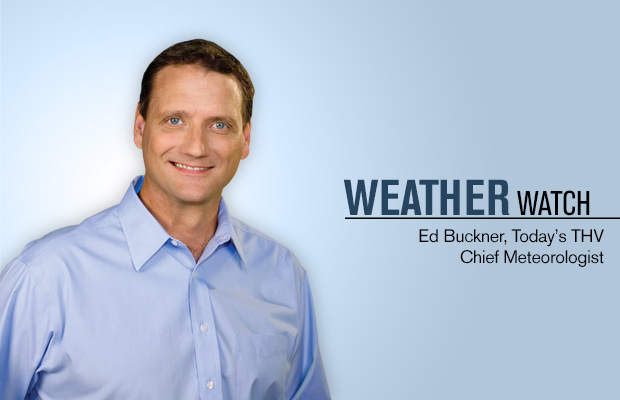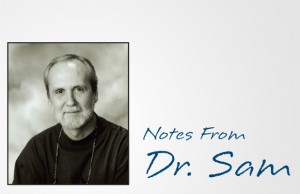Weather Watch: The Best In Meteorology

With this issue focusing on “the best,” I thought I’d introduce you to some names who have contributed greatly to the science of meteorology.
Meteorology traces back to 3000 BC, but to save time, we’ll start with more modern pioneers whose contributions help us bring you a more accurate daily forecast. It’s hard to start a timeline of the weather bigwigs without mentioning Copernicus and Galileo.
Copernicus discovered the earth’s rotation around the sun. Among other things, this is an important revelation as it pertains to documenting and analyzing seasons and annual weather trends. Then in 1602, Galileo took this even further to discover moons and other orbits of our solar system along with a device called the thermoscope. The thermoscope was one of the first of many thermometers to measure heat and cold.
One hundred and twenty-two years later, Gabriel Fahrenheit created a reliable, and widely known scale for measuring temperature with a mercury thermometer and in 1742 Anders Celsius followed up with the Celsius scale. These are obviously very important contributions, but another fellow made a huge discovery around the same time period that arguably earned him the title of “first modern meteorologist,” Benjamin Franklin. In 1752 Franklin discovered the electrical charge from a thunderstorm with the legendary key and lightning experiment. Franklin’s research brought electricity into the modern age.
In the 1800s no one person really took center stage, but discoveries were made and advancements continued. During this century, a weather observation network across the United States was formed with 150 observers communicating via telegraph under the leadership of Joseph Henry. Then in 1870 the U.S. Weather Bureau was founded and data collection began in most North Eastern cities.
The 20th century brought the greatest advancements to the field of meteorology. In 1904, Vilhelm Bjerknes introduced the theory that forecasting the weather is feasible based on mathematical methods. During World War I, after establishing a widespread network of reporting stations in Norway, Bjerknes realized that air masses moved and replaced one another. He adapted the term “fronts” to explain how one air mass takes over another; a phrase he borrowed from the description of current war tactics.
RADAR(Radio Detection and Ranging) was also invented during the war, and it was soon realized how this instrument for detecting enemy aircraft could also pinpoint precipitation. You will find several names attributed to the invention of the RADAR, but most notably is Heinrich Hertz and his work with the electromagnetic spectrum; however, it was during World War II that the greatest strides were made in the use of RADAR as a weather forecasting device.
The military found radar to be a critical wartime tool, but RADAR operators had difficulty accurately detecting aircraft because of weather phenomenon like rain, sleet and snow. It was only after the war that David Atlas, a military scientist who returned to civilian life, was able to adapt this technology to the world of meteorology.
RADAR would continue to be developed with “C Band” RADAR in the early 1970’s then the “Doppler” RADAR network, or NEXRAD, in the early 90’s. Now meteorologists use “dual polarization” RADAR displays with even higher resolution.
These individuals and groups of people have gone above and beyond to make a difference in their respective fields, and have, in turn, made life better for us all.









0 comments